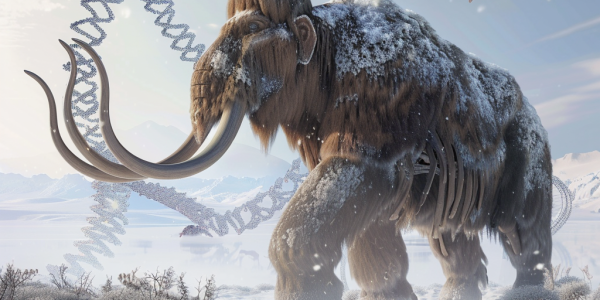Scientists Successfully Replicate 52,000-Year-Old Woolly Mammoth DNA
Scientists from Texas have made a groundbreaking discovery by successfully replicating DNA from a 52,000-year-old woolly mammoth specimen. This achievement, published in the journal Cell, provides unparalleled insights into prehistoric life and the genetic connection between woolly mammoths and modern elephants. The research reveals the extensive length of fossil chromosomes, allowing for detailed analysis of gene activity, including traits like hair growth. This breakthrough not only enhances our understanding of extinct species but also raises questions about de-extinction and conservation strategies for endangered species today.
New Evidence Supports Younger Dryas Impact Hypothesis
Discover the controversial Younger Dryas impact hypothesis and how it may have led to the extinction of wooly mammoths. Archaeologist Christopher Moore and his colleagues believe they have found evidence of a cometary impact around 12,800 years ago, based on minerals with unique properties found in sediment layers across the globe.


